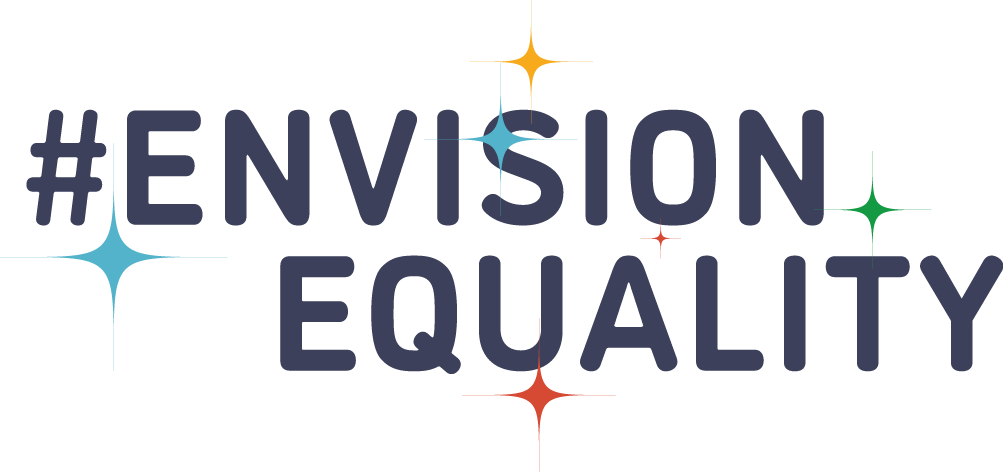
Joia Adele Crear-Perry, MD, FACOG
Founder and President of the National Birth Equity Collaborative (NBEC)
What would a gender equal world look like? How will we know when we’ve achieved it?
A gender equal world looks like Black women having the same birth outcomes as white women. We can measure well-being by maternal mortality rates, and right now the United States comes in dead last when compared to other high-income countries since Black women are two to three times more likely to die from pregnancy related complications. The alarming statistics surrounding Black maternal health is evidence that racism is woven throughout our society.
What do you think it will take to achieve? (Who needs to be a core part of the movement/solutions? What strategies should we be focusing on?)
To close the Black-white maternal mortality gap, we must address racism within society. The Black maternal health crisis is evidence that racism not only permeates our society, but also has devastating effects on our communities. To effectively address the ongoing Black maternal health crisis, and gender equality broadly, we must use an intersectional framework like reproductive justice, which centers on social risk factors and the intergenerational and cumulative effects of structural and systemic racism on maternal health outcomes.
What do you see as the biggest barriers to achieving equality?
Systemic racism. Disparities in maternal and infant health outcomes are manifestations of racism. Structural forces perpetuated by racist policies, like slavery, the GI bill and Jim Crow, created wealth for many white families also created inequitable systems of housing, food stability, education, access to care, criminal justice and safety—all of which have impacts on maternal and infant health. For example, Black women are more likely than white women to live in maternity care deserts and have difficulty accessing comprehensive reproductive health care services.
If we’re sitting in the future celebrating our success at achieving equality, what have we achieved, who is celebrating with us and how are we experiencing the world differently?
In the future, we would be celebrating the fullness of Black joy, achieved when Black mamas and babies can thrive. When 400 years of atrocities have been acknowledged and addressed through robust reparations that address the social, structural and environmental deprivation that has devastated so many of our communities. A few steps to this path of victory:
Congress should pass the Black Maternal Health Momnibus Act of 2021, twelve comprehensive bills designed to address many of the social factors that lead to poor maternal health outcomes for Black women. These bills uphold many of the tenets of reproductive justice.
Congress should mandate an extension of Medicaid postpartum coverage beyond the typical 60 days to at least one year postpartum. According to the CDC, 11.7% of maternal deaths occur between 43 days and one year postpartum. Women should have continuous access to healthcare, no matter their zip code.
The Biden-Harris administration should establish the Office of Sexual and Reproductive Health and Well-being within the White House. The office would coordinate across the many offices and agencies currently tasked with reproductive health and well-being, rather than siloed efforts that presently exist. The lack of coordination across the Federal government is a disservice to Black communities across the country who have historically been barred from accessing the health care services we need.
If you had to give three pieces of advice to current lawmakers who desire to pass the equal rights amendment and support equality, what would you say to them?
Create policies with a reproductive justice framework where women have bodily autonomy and noncoercive, affordable access to high quality healthcare. Reproductive Justice was defined by Loretta Ross as: “The human right to maintain personal bodily autonomy, have children, not have children and parent the children we have in safe and sustainable communities.”
Pursue policies that use an intersectional lens by recognizing that women of color are vulnerable to intersecting systems of oppression (race, class, gender, sexuality etc.) and that language should evolve from equality to equity.
When talking about reproductive health and pregnancy, transgender and non-binary patients deserve the same inclusive and affirming care as cisgender people.

